Reports that Amazon is planning to launch a chain of convenience outlets in the US have caused massive reverberations across the country’s grocery sector.
According to The Wall Street Journal, the etail giant plans to roll them out as part of ‘Project Como’, alongside grocery pick-up sites.
The stores will reportedly feature an assortment of perishables, such as milk and meat, and will also function as drive-in collection points for larger grocery orders.
Items with a short shelf-life could be purchased in-store, sources say, while additional ambient products could be added to an order either via in-store touchscreens or the Amazon Fresh app.
This sounds very similar to the method suggested for the click-and-collect proposal currently under construction in Seattle and rumoured to be opening next month.
Initially, the stores would be open exclusively to Amazon Fresh subscribers.
This is an intriguing move in itself, as it would shift the Fresh subscription model away from a delivery-based structure and make it more akin to a warehouse-club membership scheme.
Given the numerous costs inherent in any model based around home delivery, we can see why such an idea would appeal to Amazon.
Of late, we have observed a succession of initiatives from Amazon based around establishing a stronger physical presence in the US market.
Mall-based pop-up stores designed to showcase hardware has been one. A gradual roll-out of bookstores was another.
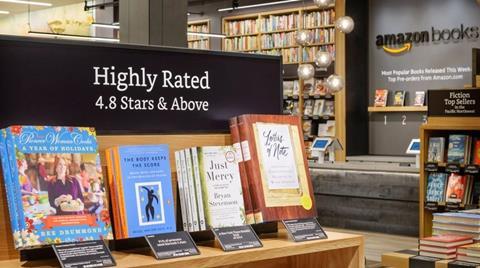
However, Project Como would herald a completely new phase in this physical expansion.
It would also demonstrate once and for all that Amazon is deadly serious about taking on mainstream US grocery operators on their own turf, meaning not only the likes of Walmart, Kroger and Costco but, by definition, convenience giants such as 7-Eleven and Circle K.
Of course, there are any number of caveats around this report, as well as a variety of broader issues.
From our perspective at Planet Retail, it feels that there has been a misinterpretation of the term ‘convenience store’.
There seems little doubt that Amazon is close to opening a prototype click-and-collect point in Seattle and that this location will have a dedicated focus on the Amazon Fresh offer.
And Amazon has been dipping a toe into operating dedicated collection points for some while now, most notably with its Amazon on Campus college locations.
But an actual convenience store chain is almost certainly not on Amazon’s agenda.
For one, the logistics involved in building up such an operation and achieving scale – in terms of sourcing locations and managing logistics and replenishment – from a standing start would be incalculable, even for a business of Amazon’s size and ambition.
Planet Retail believes that if Project Como represents a genuine strategy, then it will be centred on a wider roll-out of locations similar to the Seattle location – and this has a degree of believability about it.
Online grocery, although growing steadily, still represents a tiny proportion of overall US grocery spend.
For those that do use such services, be it Kroger’s ClickList, FreshDirect or Amazon Fresh, convenience is typically the primary factor, rather than price alone.
Models that can successfully transition costs on to the consumer, á la Kroger, ultimately stand more chance of winning than those reliant on facilitating convenience through delivery.
Our feeling is that Amazon has realised this and is now seeking ways to leverage its substantial US Prime membership base by offering an additional fulfilment method that comes with an extra aspect of exclusivity.
Those signed up with Prime get to enjoy the convenience it offers, while those without may want to enjoy some of that exclusivity themselves and see the benefits of signing up.
We can foresee a limited assortment actually being offered in-store – which may present opportunities for fast-moving suppliers – but very much skewed towards top-up shops and last-minute buys.
With Fresh having entered around 10 US markets since its 2007 launch, in all likelihood any further locations will appear in these areas first.
The interest lies in whether Amazon envisions these sites as being able to drive Fresh take-up in smaller or thus far untapped US markets.
- Howard Lake is senior editor at Planet Retail




















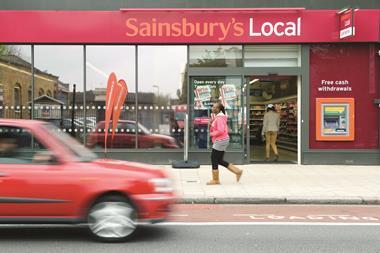
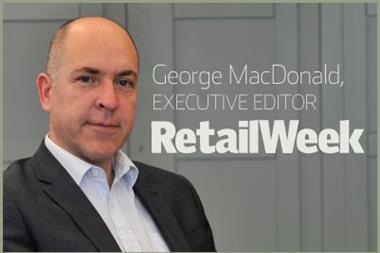
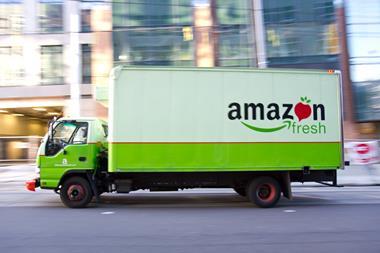
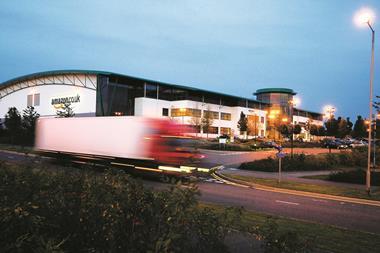
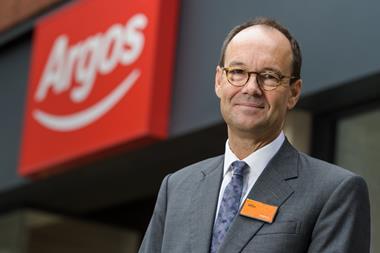
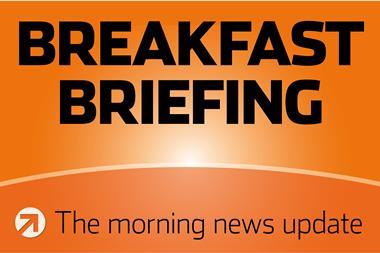
No comments yet